What fish should you eat this Easter?
Confused about sustainable seafood and what you should be buying? We’ve got you covered so you can opt for delicious fish without hurting the environment.
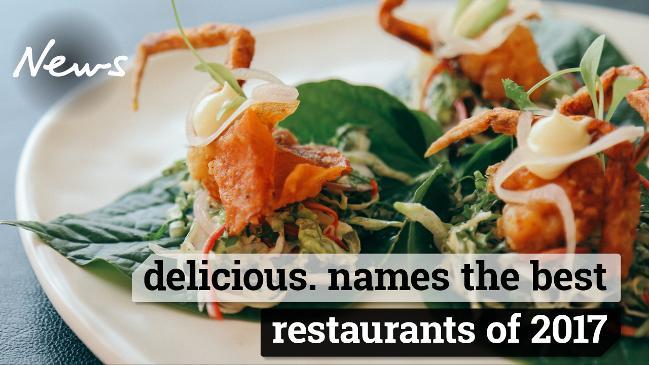
QLD Taste
Don't miss out on the headlines from QLD Taste. Followed categories will be added to My News.
WITH Good Friday this week, many of us will be turning to fish for dinner.
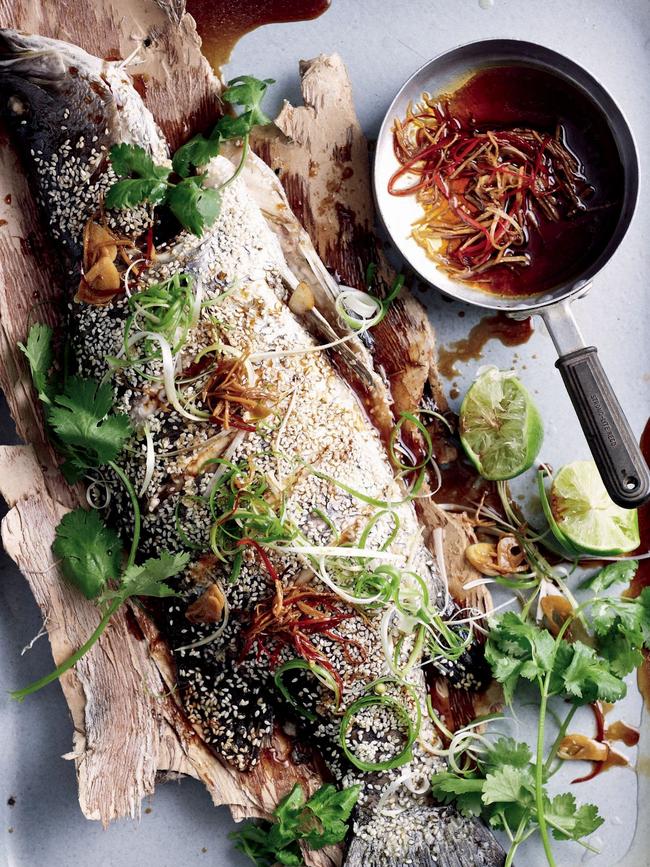
But with a big push to only eat sustainable seafood to protect the future of our oceans and ensure the fish species we enjoy today are around for tomorrow’s generation, making the best choice can seem confusing, even daunting.
So what should we be buying?
Not the supermarket favourite, Atlantic or Tasmanian salmon for one, says Australian Marine Conservation Society Good Fish Project manager Sascha Rust.
Those types of salmon are actually one of the least sustainable choices you can make, with the farming methods used to produce them placing significant stress on our oceans.
Instead, we should be looking to more under-utilised species, says Rust and the AMCS, with fish that are not currently overfished, are generally resilient to fishing pressure, have a history of stable catches and are caught or farmed using techniques that have low environmental impacts.
Review of Italian restaurant Mosconi in Fortitude Valley
Brisbane fish and chips: One Fish Two Fish restaurant review
“The key thing is to be informed,” says Rust. “Look at where has this fish come from, which species is it, which fishery is it from. It’s the where and the how that are most important.”
The AMCS has a full species-by-species guide to choosing fish at sustainableseafood.org.au, but to help eliminate some of the confusion, we asked qualified chef Rust and Brisbane’s Platinum Provedore - AKA “The Fish Girl” Umar Nguyen, a chef who works with other chefs to encourage them to use more sustainable species, for their tips on what to buy and how to cook it.
NEW ZEALAND SALMON
What makes it great: “The environmental stewardship of the product is much higher than the local version,” says Rust.
Brands like King Ora salmon are adored by top end chefs across the country for its wagyu-like texture and fat content, making it a premium fish. It’s also usually only slightly more expensive than the unfavourable Atlantic variety.
“I love it from a taste perspective. You find these really beautiful fat lines running through it that really translates to the palate,” says Rust.
How to cook it: Ora King salmon is particularly beautiful in raw dishes such as sashimi, sushi, crudo or ceviche, but you can also simply pan fry it, steam it, roast or bake it.
“The thing I would always suggest is just to be really gentle in the way that you cook it,” Rust says. “Often people attack it with a little too much heat, so I always suggest to go medium heat when pan-frying and just allow it to sit skin side down for quite a long time. You’ll actually see the colour change on the flesh and it turns to a lighter pink as it gets cooked. Once it gets to about two-thirds cooked, you can flip it very quickly and it just takes another 10-15 seconds.”
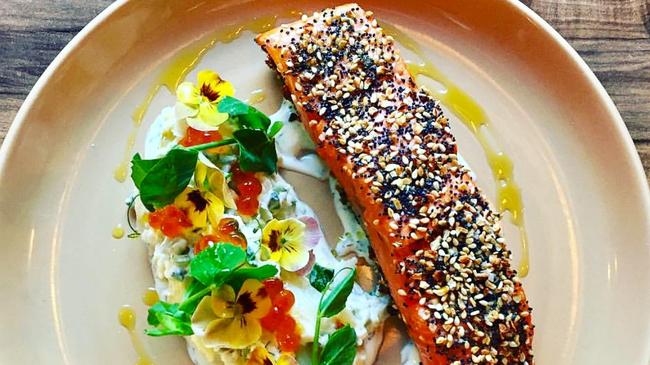
AUSTRALIAN FARMED BARRAMUNDI
What makes it great: Farmed predominantly in the Northern Territory and around Queensland, they are not a muddy fish like the barra from old was considered, and a great option for those not wanting an oily fish.
“It’s really just a beautiful, delicate, white-fleshed fish,” says Rust. “It’s got a good fat content, it’s mildly flavoured. People who don’t really like fishy fish will find it’s a good way to dip your toes into fish.”
How to cook it: “I love using it in things like curries in that Asian style,” says Rust. “You can essentially just add it quite last minute into a warm curry and it will just gently poach through.”
It’s also suitable for pan-frying, grilling, roasting and barbecuing. As it has a good fat content, it's slightly more forgiving than other white fish if you overcook it.
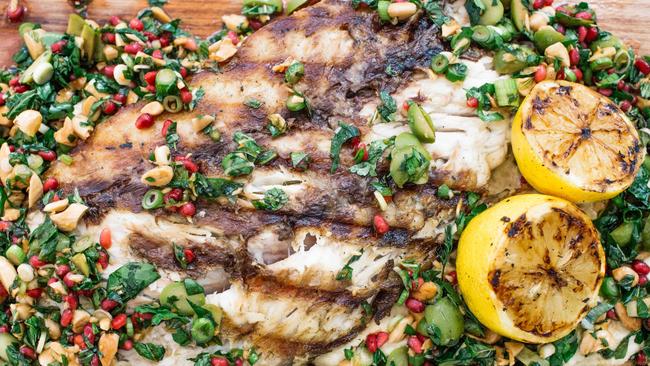
MURRAY COD
What makes it great: Farmed in Victoria and NSW, it’s produced in a very environmentally sensitive way and is an incredibly versatile fish.
“It’s probably one of my favourite fish,” says Rust. “You get this really beautiful, clean-tasting, white-flesh filleted fish. Flesh wise, it’s a little bit like snapper. It’s not as thick a fillet generally when it’s farmed because they’re usually farmed to a much smaller size, but texturally it’s very similar.”
How to cook it: “I’ve really started to enjoy using it as a sashimi-style fish as well in things like ceviche, it’s a very nice way to eat it,” says Rust.
COBIA
What makes it great: Mostly a farmed product coming from Queensland, it is a more affordable and sustainable alternative to the beloved kingfish.
“It’s almost identical texturally and can be used in almost the same way, like it’s great for ceviche or sashimi,” says Rust.
“It’s relatively mild. It does have a little bit more of that salinity to it and a little more of that fish element (than kingfish), but it’s still very delicate.”
How to cook it: “It’s beautiful served raw with a soy sauce dipping sauce or something like that,” says Rust.
Cobia can also be pan-fried, but it is quite a lean fish, so it can overcook easily and end up dry. Instead perhaps try smoking it or curing it ceviche-style.
SPANISH MACKEREL
What makes it great: A largely underused species, it has quite a strong flavour and is richer and oilier than most white fish.
“They’re beautiful and have a completely different texture to barra or salmon,” says Nguyen.
“It’s really meaty and because they're quite oily you can overcook it a little and get away with it because it won’t really dry out.”
How to cook it: “You can braise them, cutlet them and pan fry them,” says Nguyen. She also loves adding them to tomato-based stews or curries as they hold their shape and are hearty.
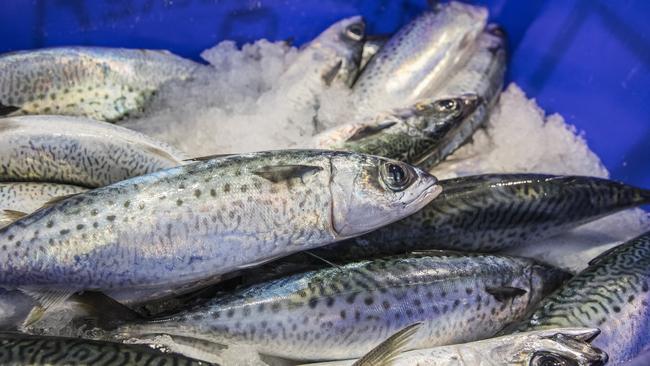
OCTOPUS
What makes it great: Wild caught Australian octopus found along the coast from the Sunshine Coast to Fremantle (not the imported stuff from Asian) is one of the most sustainable seafood species around as they are fast reproducers and resilient to fishing pressure.
“It’s a species that is a little bit scary for people to cook sometimes – it is a bit challenging – but the results are amazing,” says Rust.
How to cook it: Octopus loves the chariness imparted from a grill or barbecue. Rust recommends cooking it slowly on a low barbecue. Alternatively, you can boil it first and then cook it quickly on the barbie. It’s also delicious served sashimi-style.
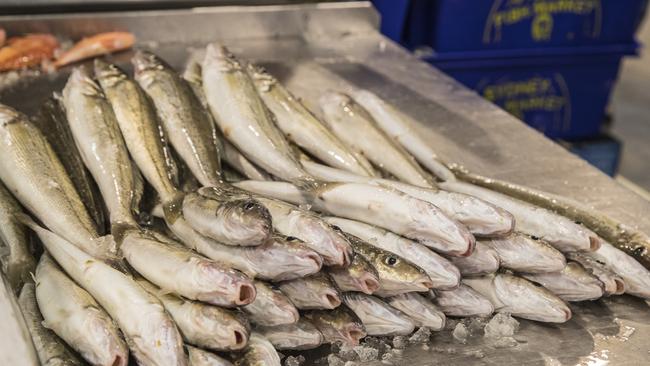
KING GEORGE WHITING
What makes it great: Caught in South Australia, Victoria and WA, this fast-reproducing fish is loved by top-end chefs for it’s delicate texture and taste.
“It’s a really, really beautiful fish and super easy to cook,” says Rust. “It’s super delicate and super soft in texture.”
How to cook it: “You can dust it lightly in flour and pan fry in a little bit of butter for a couple of minutes each side for something that really doesn’t take much effort at all and you get really, really nice results,” says Rust. It’s also great for fish and chips, whether battered, crumbed or grilled.
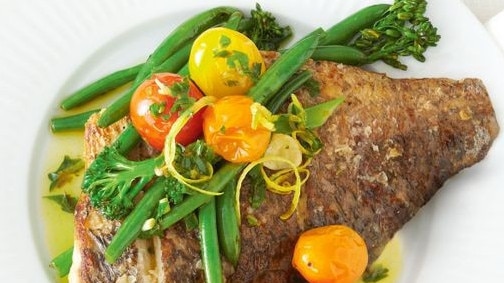
PRAWNS
What makes them great: Unfortunately our obsession with prawns has caused many local species to be overfished, particular Queensland-produced western king prawns and Endeavour prawns, says Rust. It's best to give these a miss and allow the stocks to replenish.
If you still want the shellfish on your menu though, the expert advises to choose farmed prawns from Queensland or NSW, which have a great flavour and are bred sustainably.
For wild-caught prawns, though, opt for Spencer Gulf prawns from South Australia, says Rust. “They’re practices are amazing.” Some fisheries in the Northern Territory and WA also produce sustainably sourced prawns.
How to cook them: Prawns are beautiful fresh, barbecued, in curries, paellas, pies or salads.
AUSTRALIAN SARDINE
What makes it great: Forget imported tinned varieties, fresh sardines sourced from South Australia, Victoria, NSW and WA are a terrific, nutritious fish loaded with vitamin B-12, for a healthy cardiovascular system and energy, as well as vitamin D and calcium for good bone health. Sardines are one of the most flavourful fish varieties, but fresh sardines are much milder in taste than the canned ones.
“It is a strong flavour but it’s not intimidating,” says Nguyen.
How to cook it: Sardines lend themselves to all manner of cooking techniques and are incredibly versatile.
“You can pickle them in vinegar and preserve them yourself, have them as an entree on toast or with croutons, pan fry them, or be more adventurous and try to steam them.”
Her personal favourite is pan-fried with just a squeeze of lemon, sprinkling of salt and a side of salad. But says it’s also fun to make different flavoured oils to preserve them in for later, using anything from herbs to chilli.
TIPS TO BUYING QUALITY FISH
No matter which fish you choose, you want to be buying the best.
Sustainable commercial fisherman and Queensland Delicious Produce Awards finalist Chris Bolton recommends always starting at a reputable fishmonger first.
“I say to people if you don’t really know where to go, try to pick a fairly busy seafood shop that looks clean,” he says.
“A seafood shop should smell clean. You shouldn’t smell that strong fishy smell when you walk in. It should smell nice and clean and everything should look good.”
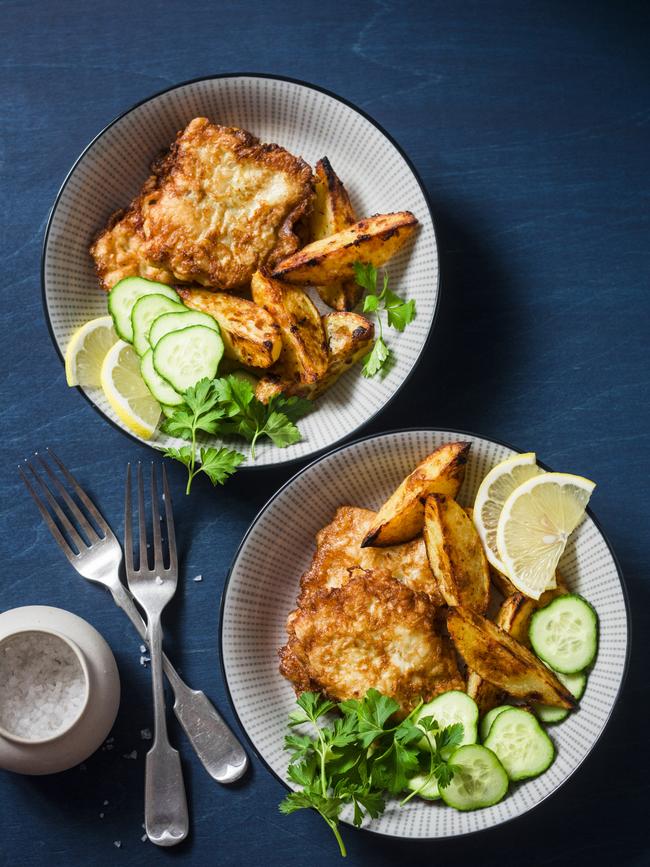
His next tip for ensuring optimal freshness is always buy a whole fish, not fillets.
“In general, if a fish has been filleted it’s usually because it was getting to the end of its shelf life or (was poorly handled),” says Bolton.
And when choosing a whole fish look for nice, clear eyes, all the scales intact with none missing, intact not frayed fins, and an even colour.
“It should be a nice, even colour all over, not sort of dull in one spot and brighter in another spot - no patches,” says Bolton.
“There should be no smell. You should be able to pick up a fish and there’ll be that slight fishy smell, but not a real overpowering smell of fish. If it really smells strong it’s telling you that it’s old.”
And don’t be afraid to pay for quality, says Bolton.
“Over the years people have been turned off certain species because they’ve bought the cheapest they could get,” he says. “Instead of going to the supermarket and buying the cheap stuff multiple times, you’re better off going somewhere once and buying really good stuff.”
For more help with choosing sustainable species, check out sustainableseafood.org.au


